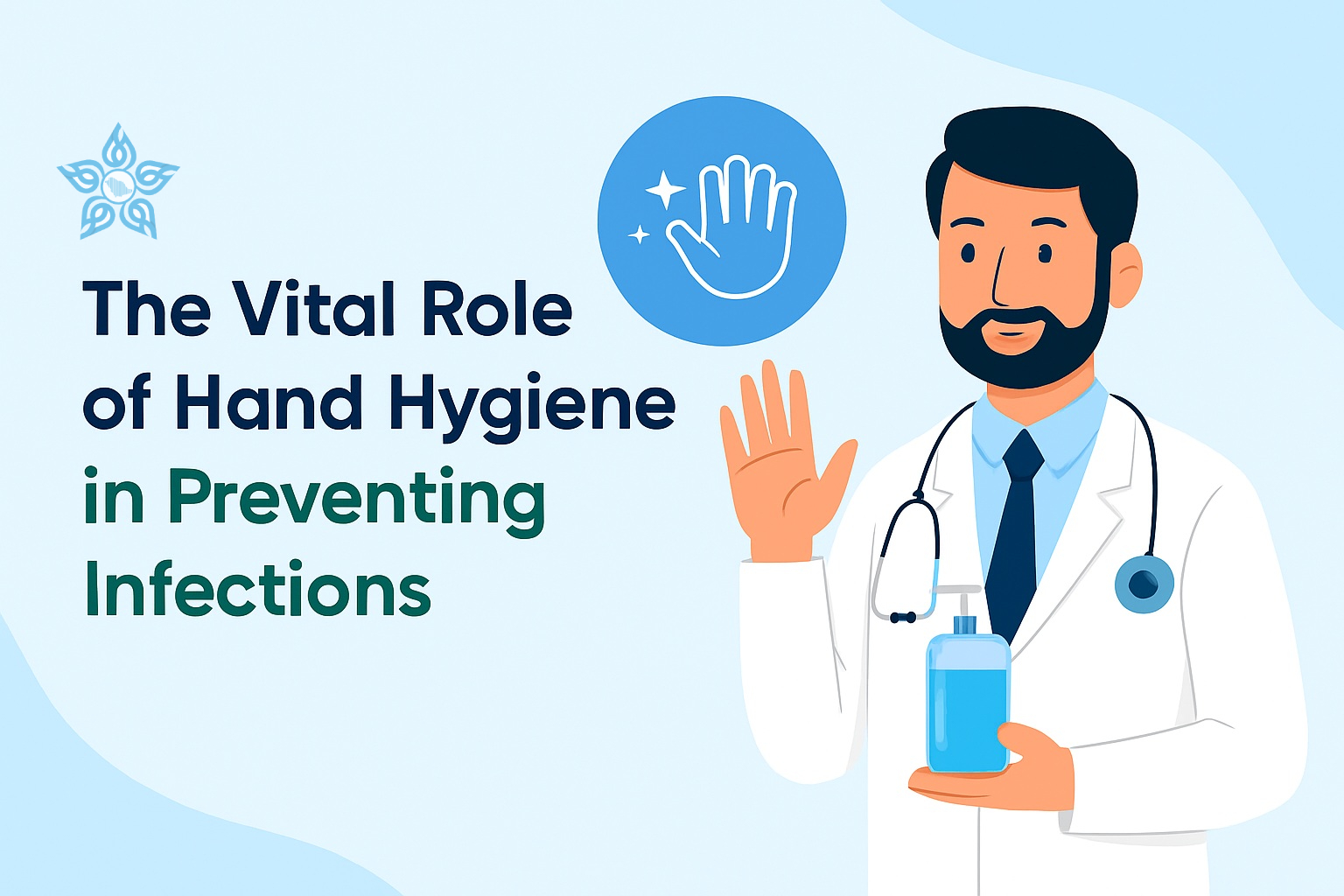Hand hygiene is one of the simplest yet most powerful practices in infection prevention. In healthcare settings, it’s a critical line of defense that protects both patients and staff from harmful germs and pathogens.
Why Hand Hygiene Matters
Every day, hands come into contact with countless surfaces, equipment, and bodily fluids. Without proper cleaning, they can easily transfer bacteria and viruses from one patient to another, or from healthcare workers to themselves.
Moments That Matter
The World Health Organization (WHO) defines key moments for hand hygiene in healthcare:
-
Before touching a patient
-
Before a clean/aseptic procedure
-
After exposure to bodily fluids
-
After touching a patient
-
After touching patient surroundings
Best Practices
Healthcare workers should use either alcohol-based hand rubs or wash hands with soap and water, especially when hands are visibly dirty. The process should last at least 20 seconds, ensuring all surfaces are cleaned — palms, backs of hands, fingers, and under nails.
Benefits of Proper Hand Hygiene
-
Reduces transmission of infections
-
Protects high-risk patients
-
Enhances trust in the healthcare environment
Empowering Teams Through Training
Hospitals and clinics should regularly train staff on proper hand hygiene techniques and ensure easy access to handwashing stations or hand rubs across the facility.
Final Thoughts
Promoting hand hygiene isn’t just about posters and reminders — it’s a cultural shift that prioritizes safety and responsibility. A clean hand can save a life.


